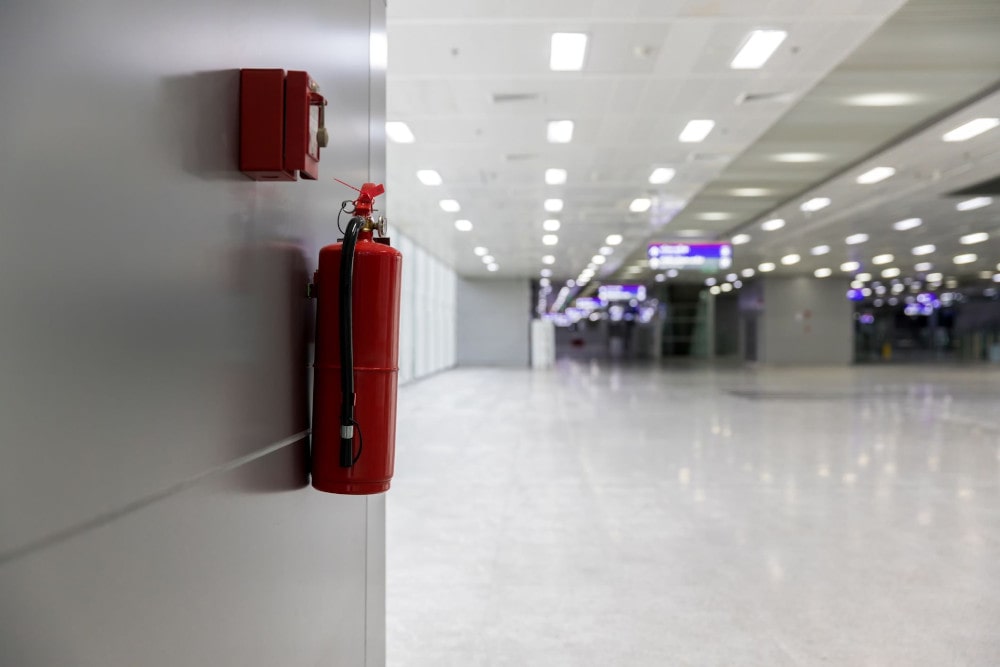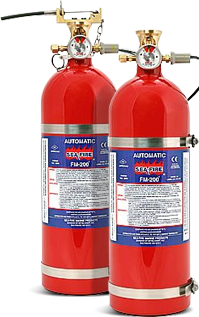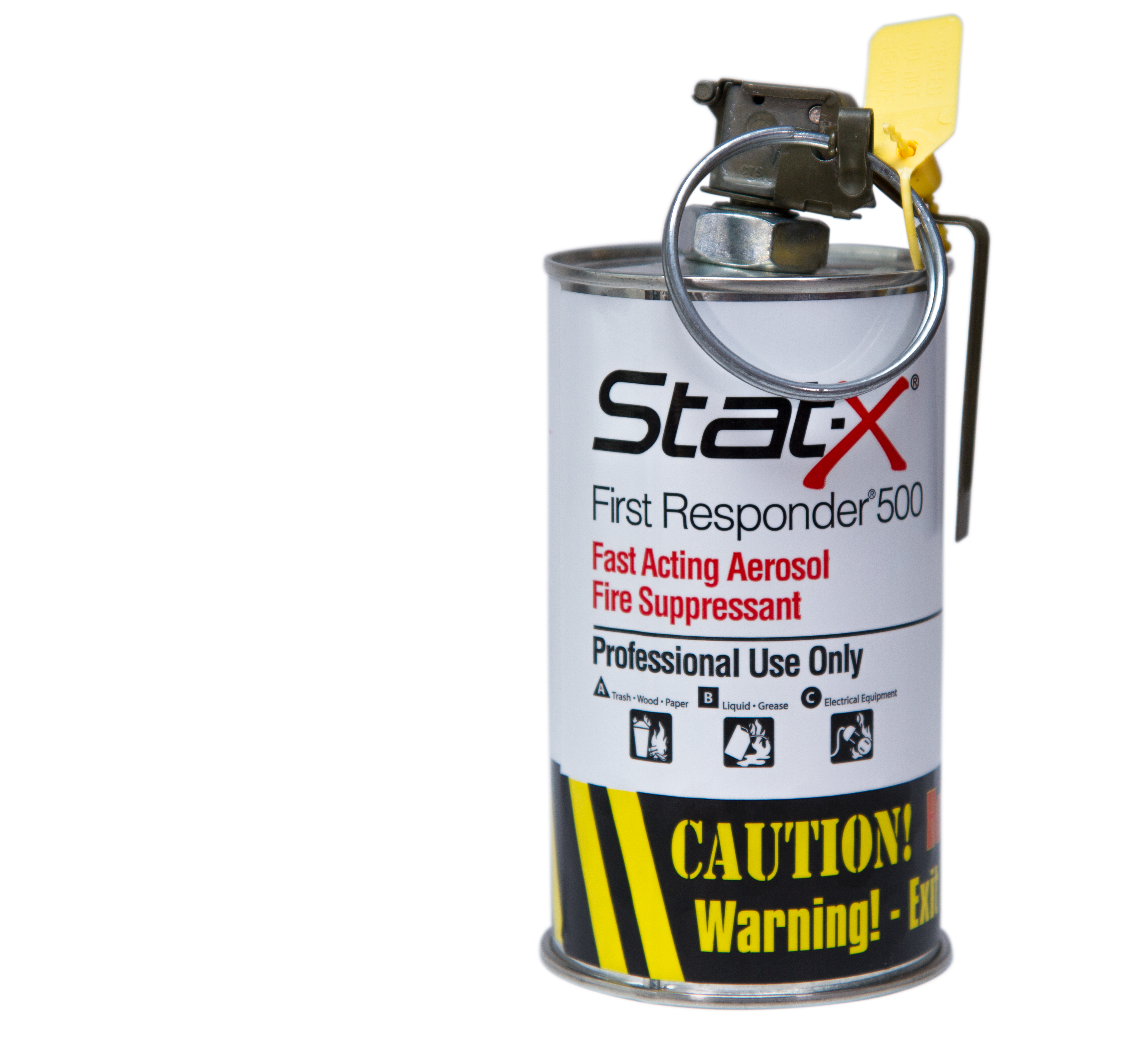The Link Between Fire Suppression and Business Continuity Planning

Keeping your business up and running is the most important facet of operating your company. If your doors are closed, you are losing revenue, potential new customers, and your footprint in the industry. Disruptions are a fact of life for all business owners, but the integration of a formal fire suppression system is an overlooked asset for many when laying out their business continuity planning in Canada. By utilizing both on-site methods of neutralizing fire, and staying in communication with your local fire department, you can make sure your company stays up and running with as little downtime as possible, no matter what disastrous events unfold.
The Role of Fire Suppression in Business Continuity
Preventing Operational Downtime
Fire safety in business continuity is a simple concept that allows you to maintain operations when mishaps occur. You can't generate revenue or grow as a business if your doors are shuttered because of a lack of emergency preparedness. Investing a minimal amount of time and money into simple risk mitigation strategies can be the difference between allowing you to continue operations and closing down.
Explore further
Protecting Critical Assets
Aside from continuing day-to-day operations, fire suppression strategies for a business focus on preserving property and assets. These assets may be what actually allows you to continue to operate, or they may be expensive pieces of property that are difficult to replace. Even more importantly, your business may need to protect vital data stored on servers that can't be salvaged or replaced if lost.
Developing a Fire-Inclusive Business Continuity Plan
Risk Assessment and Mitigation
In the same way you would assess the financial risk of expansion or moving your business in a new direction, you need to apply these same concepts of risk mitigation to your fire suppression strategies. More commonly found now than ever before, server rooms present a unique problem in fire prevention. The NFPA, or local building codes, may require your establishment to have sprinklers or fire extinguishers set up in specific areas based on the square footage of your facility. A full analysis of the potential risks should be done so the proper fire suppression strategies can be employed.
Coordination with Emergency Services
While in-house suppression methods are effective at limiting the initial damage and scope of a fire, local fire departments are still the most authoritative method for life-saving activities and complete extinguishment. Your emergency preparedness plan should include frequent liaisons with your nearby fire service to include inspections, updates on any potential fire hazards, and changes to the layout of your business.
Case Studies and Best Practices
Lessons from Past Incidents
The most famous incidents of businesses dealing with fires and other emergencies are always negative. When you do things the right way and simply continue on with business as usual, the news doesn't tend to notice as much. Despite having much of the state leveled by hurricanes last year, several Florida hotels and offices were back up and running, and thriving, because of strong continuity plans. The same was true of the recent rash of fires in Los Angeles. Preserving your business can sometimes be about luck, but with strong sense of business continuity planning, you can give yourself the best chance of operational survival possible.
Implementing Regular Drills and Training
Unconscious competence is the key to survival in stressful situations. Many of your employees will have no direct experience with active fires or other potentially life-threatening situations. By implementing an emergency preparedness plan and conducting regular training and drills, everyone working at your business will have an understanding of their roles during an active fire incident. This is particularly helpful for your local first responders. Regular fire drills teach employees safe methods to leave the building, increasing their survivability while also lessening the danger to fire crews working inside the structure.
Conclusion
Being proactive in your fire suppression strategies prevents you from getting caught on your back foot when fires do occur. Putting in place an action-oriented plan for fire safety in business continuity makes you more resilient to setbacks and sets you up for a faster rebound from disaster. By working directly with every facet of fire safety, starting with identifying possible risks to your business, setting up risk mitigation strategies, and working with your local fire department, you can integrate fire safety into the foundation of your business practices. Setting up a consultation with a fire safety expert can mean the difference between unforeseen disaster stopping your business in its tracks, or allowing your business continuity plan to carry you through adversity. For a consultation and compliance assessment with the new regulations, contact the specialists at Control Fire Systems Ltd. by phone or through the website form.














